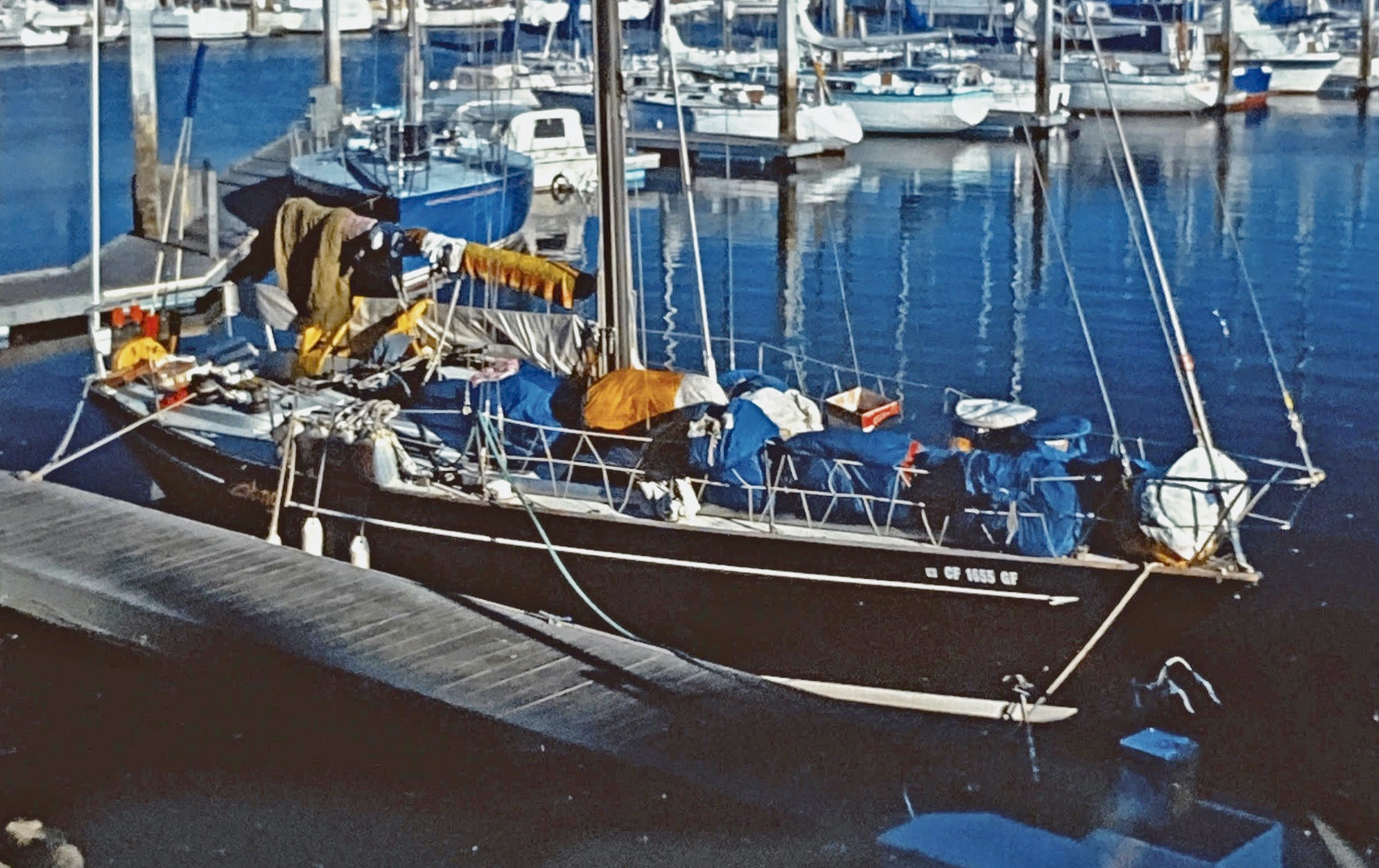
The Outside Route — A Better Way to Bash
Springtime, when flowers bloom, young hearts look for love — and tropical cruisers start thinking about what to do with their boats. For many, it’s time to bid adios to mañana-land and head home before hurricane season starts on June 1. Some owners are flush enough to put boats onto trucks or specially designed ships for the trip home, but most boats do it on their own bottoms via a delightful exercise called the Baja Bash. Sometimes they’re delivered by a professional captain and crew, but for many cruisers already pinching pennies, even this is too expensive and they opt to do it on their own to save money.
I’m a delivery captain based in San Diego. Over the past 33 years, I have traveled up and down the Baja Peninsula dozens of times, by every possible route, at all times of the year, and on just about every type of sailboat that’s ever been made. And I can confirm that everything you’ve heard about the Bash can be true. It can be brutal. It can break boats. It can hurt people. It can be cold, wet, rough, windy and damned uncomfortable — and go on days or even weeks longer than you’d ever thought.

It can also be quite fun and really lovely. It can reconnect you with yourself, and reacquaint you with really sailing your boat. Especially if you do it right. Most people don’t. We’ll get to that in a minute.
First, for the sake of clarity, a ‘traditional’ Baja Bash is the leg from Cabo San Lucas, Mexico, to San Diego, USA, a run of approximately 750 miles.
There are essentially two variations on the theme. The main one, advanced by magazines, Baja guides and many other delivery skippers, is putting the pedal to the metal and motoring a mostly straight-line course against wind and waves. If you do it this way, you will definitely ‘bash and crash,’ put unnecessary hours and fuel usage on the engine, and possibly blow out (stretch) the leech of the mainsail by the time you make San Diego by strapping it in hard to ease the rolling. Plus, if you are close to the beach, the sea is less comfortable due to wave refraction; you have to be super-vigilant that you don’t run over kelp, pots, or other boats, or suffer any breakdowns or problems with a looming rocky lee shore. When it’s over, and you, the boat and every piece of clothing you own are sopping wet, you’ll be another believer that it’s awful.

The other option is sometimes called the ‘Clipper route,’ so named for the square riggers that came up the coast engineless by sailing halfway to Hawaii first. Of course, they could barely sail above a beam reach. Modern boats don’t have to go that far.
Though either of these methods will get you there, and I’ve done multiple variations of both, most people choose to ‘straightline’ Bash. But just because many people do it the way they’ve always done it doesn’t mean it’s the best way. I’m here to tell you of another method that I have been using for several decades now that has worked out very well. I call it the Outside Route, a variant of the Clipper. To understand it, you first have to wrap your head around a couple of misperceptions.
Please continue reading at Latitude38.com.

In January 2018 I crewed on a “bash”. It was anything but. January has generally light winds and flat seas. I think the strongest wind we encountered was less than 10 knots, and generally very low swell. Mostly motoring through a glass lake. I’ve been in marinas with more surge!
Obviously not for the first-timer (way too short a time down south), but this was a long timer heading back to the US.
The photo of the boat with all the laundry hanging is typical of a boat that has just completed a bash after having been left cooking in the sun for too long and improperly maintained!